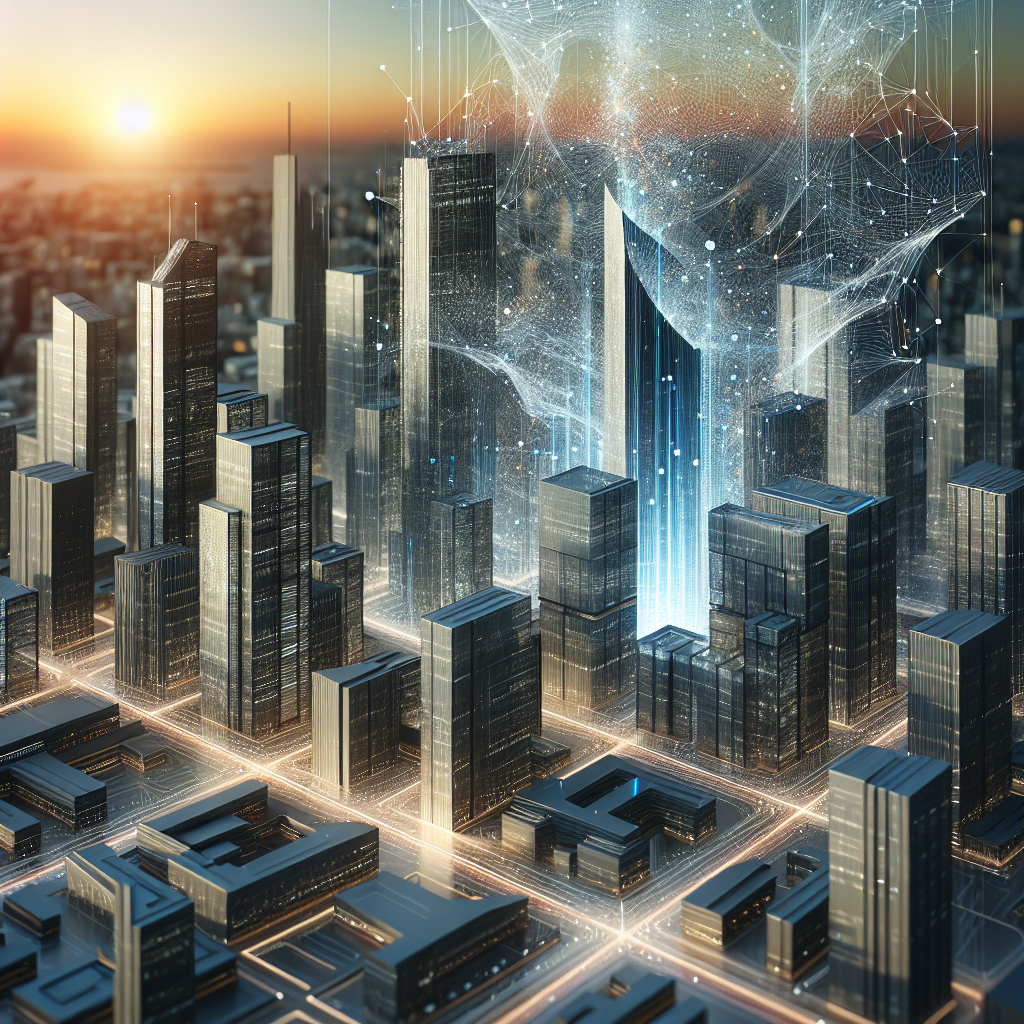The Role of Machine Learning in Architectural Innovation
In recent years, machine learning has emerged as a powerful tool for driving innovation across a wide range of industries, including architecture. By leveraging the power of data and algorithms, architects are able to design buildings that are not only aesthetically pleasing but also more sustainable, efficient, and functional. In this article, we will explore the role of machine learning in architectural innovation and how it is shaping the future of the built environment.
Machine Learning in Architectural Design
Architectural design is a complex process that involves a myriad of factors, including site conditions, building codes, client requirements, and aesthetic preferences. Traditionally, architects have relied on their intuition, experience, and creativity to come up with design solutions that meet these requirements. However, with the advent of machine learning, architects now have access to powerful tools that can help them analyze data, generate design options, and optimize building performance.
One of the key ways in which machine learning is being used in architectural design is through generative design. Generative design is a process in which algorithms are used to explore a wide range of design options based on a set of constraints and objectives. By inputting parameters such as site conditions, building codes, and performance requirements, architects can use generative design algorithms to explore thousands of design options in a fraction of the time it would take using traditional methods.
For example, architects can use generative design algorithms to optimize building orientation for maximum natural light and ventilation, to create efficient floor plans that minimize walking distances, or to design facades that respond to solar exposure. By harnessing the power of machine learning, architects are able to explore design solutions that would have been impossible to conceive using traditional methods.
Machine Learning in Building Performance Optimization
In addition to aiding in the design process, machine learning is also being used to optimize building performance. By analyzing data from sensors, building management systems, and energy models, machine learning algorithms can identify patterns, predict future performance, and optimize building operations in real-time.
For example, machine learning algorithms can analyze data from sensors to identify patterns in energy usage and occupancy levels, and then adjust building systems such as lighting, heating, and cooling to optimize energy efficiency. By continuously learning from data, machine learning algorithms can adapt to changing conditions and make real-time adjustments to ensure that buildings are operating at peak efficiency.
Machine learning can also be used to predict maintenance needs and identify potential issues before they occur. By analyzing data from sensors and maintenance records, machine learning algorithms can identify patterns that indicate when equipment is likely to fail, allowing building operators to proactively address maintenance issues before they become costly problems.
Machine Learning in Sustainability and Resilience
One of the biggest challenges facing architects today is designing buildings that are sustainable and resilient in the face of climate change. Machine learning is playing a key role in addressing these challenges by enabling architects to analyze data, simulate scenarios, and optimize building performance for sustainability and resilience.
For example, machine learning algorithms can analyze climate data, building performance data, and energy models to optimize building design for energy efficiency, thermal comfort, and daylighting. By simulating different design scenarios and analyzing the results, architects can identify design strategies that minimize energy consumption, reduce carbon emissions, and enhance occupant comfort.
Machine learning can also be used to design buildings that are resilient to natural disasters such as hurricanes, earthquakes, and floods. By analyzing data on building performance during extreme events, machine learning algorithms can identify vulnerabilities, predict potential damage, and optimize building design to enhance resilience.
FAQs
Q: How is machine learning different from traditional design methods in architecture?
A: Machine learning differs from traditional design methods in architecture in that it leverages the power of data and algorithms to analyze patterns, generate design options, and optimize building performance. Traditional design methods rely on intuition, experience, and creativity, while machine learning uses data-driven approaches to explore a wide range of design solutions.
Q: What are some examples of machine learning applications in architectural design?
A: Some examples of machine learning applications in architectural design include generative design, building performance optimization, sustainability analysis, and resilience planning. Generative design algorithms can explore thousands of design options based on a set of constraints and objectives, while building performance optimization algorithms can analyze data to optimize energy usage and occupant comfort.
Q: How can architects incorporate machine learning into their design process?
A: Architects can incorporate machine learning into their design process by using software tools that leverage machine learning algorithms for generative design, building performance optimization, and sustainability analysis. By integrating machine learning tools into their workflow, architects can explore design options, optimize building performance, and enhance sustainability and resilience.
In conclusion, machine learning is playing a transformative role in architectural innovation by enabling architects to analyze data, generate design options, and optimize building performance in ways that were previously impossible. By harnessing the power of data and algorithms, architects are able to design buildings that are not only aesthetically pleasing but also more sustainable, efficient, and resilient. As machine learning continues to evolve, we can expect to see even more groundbreaking innovations in architectural design that push the boundaries of what is possible in the built environment.

